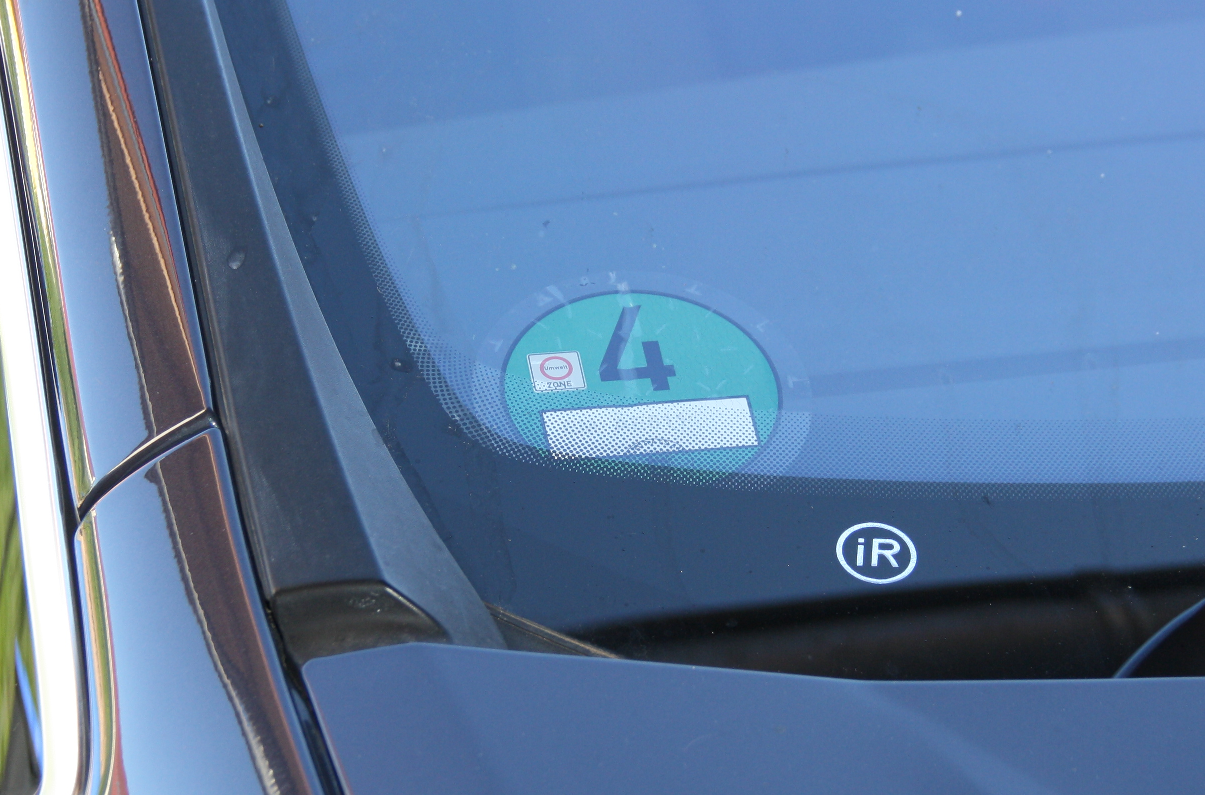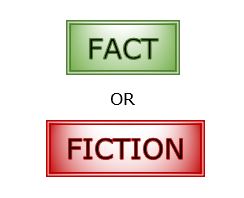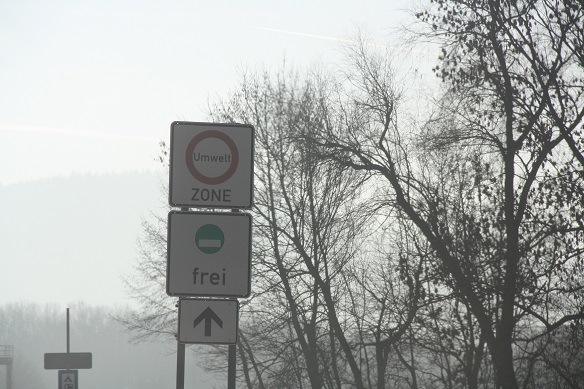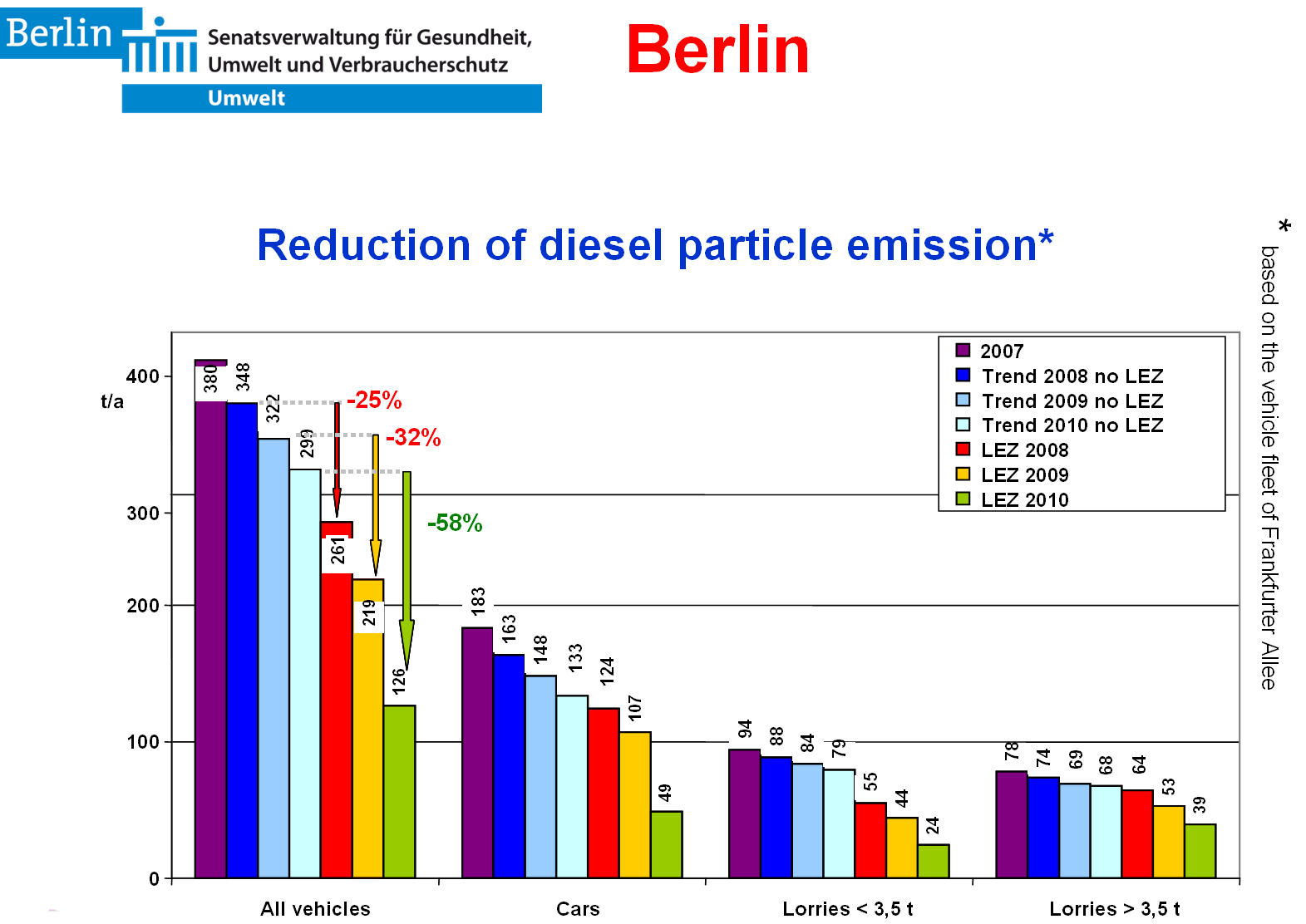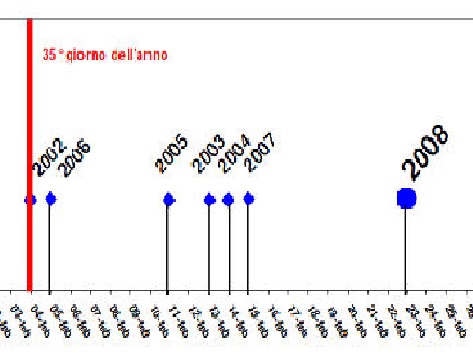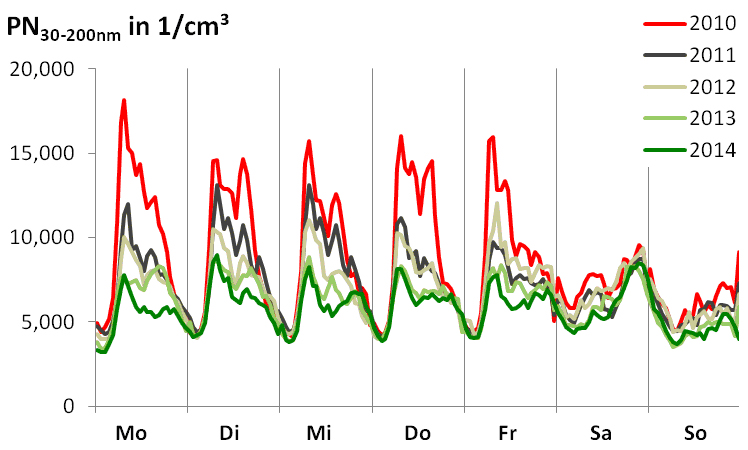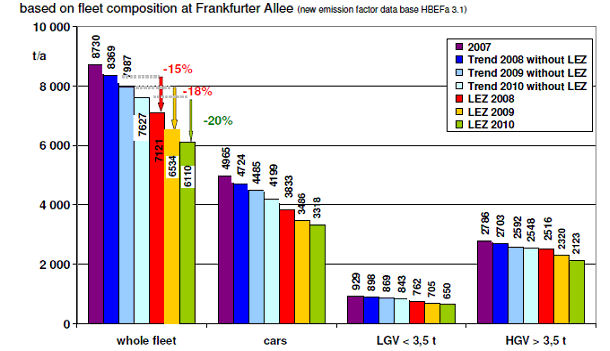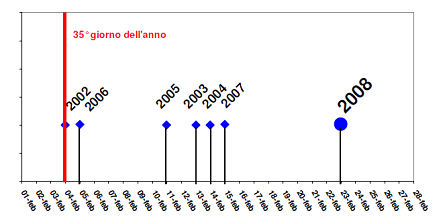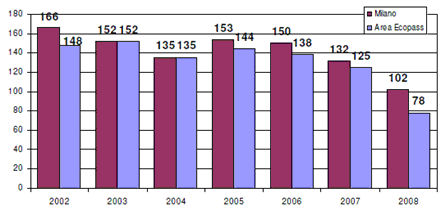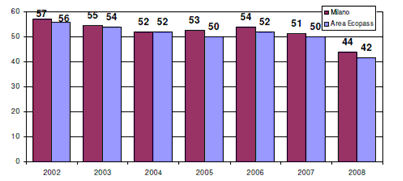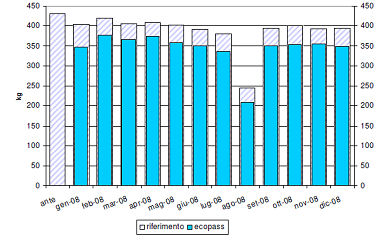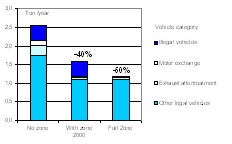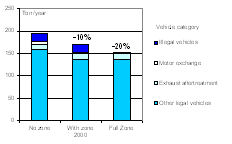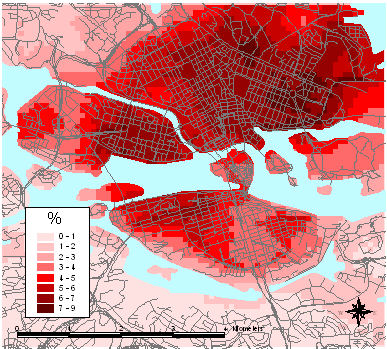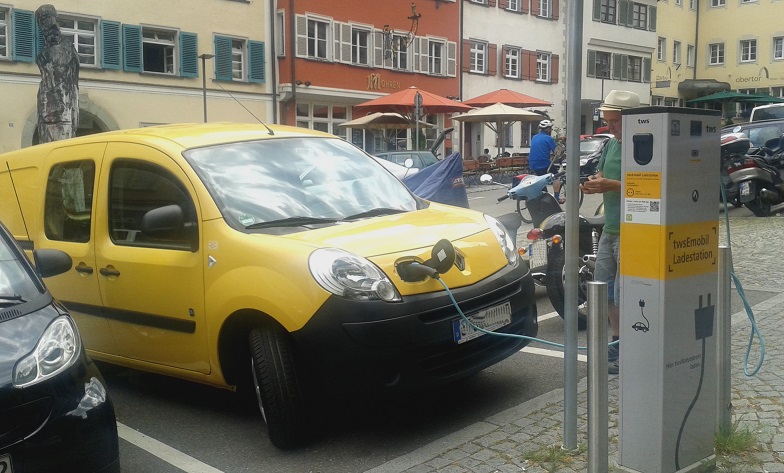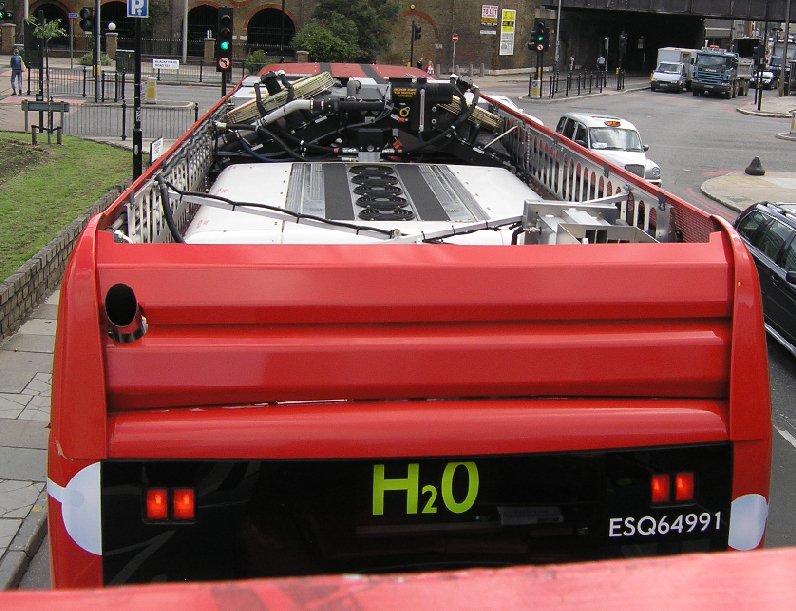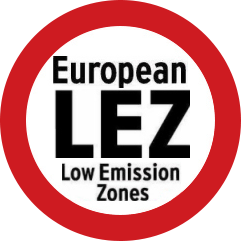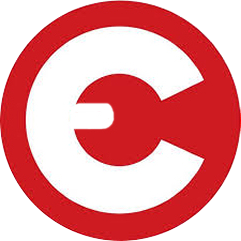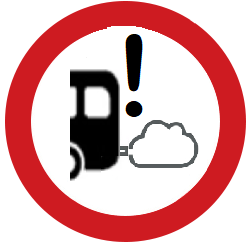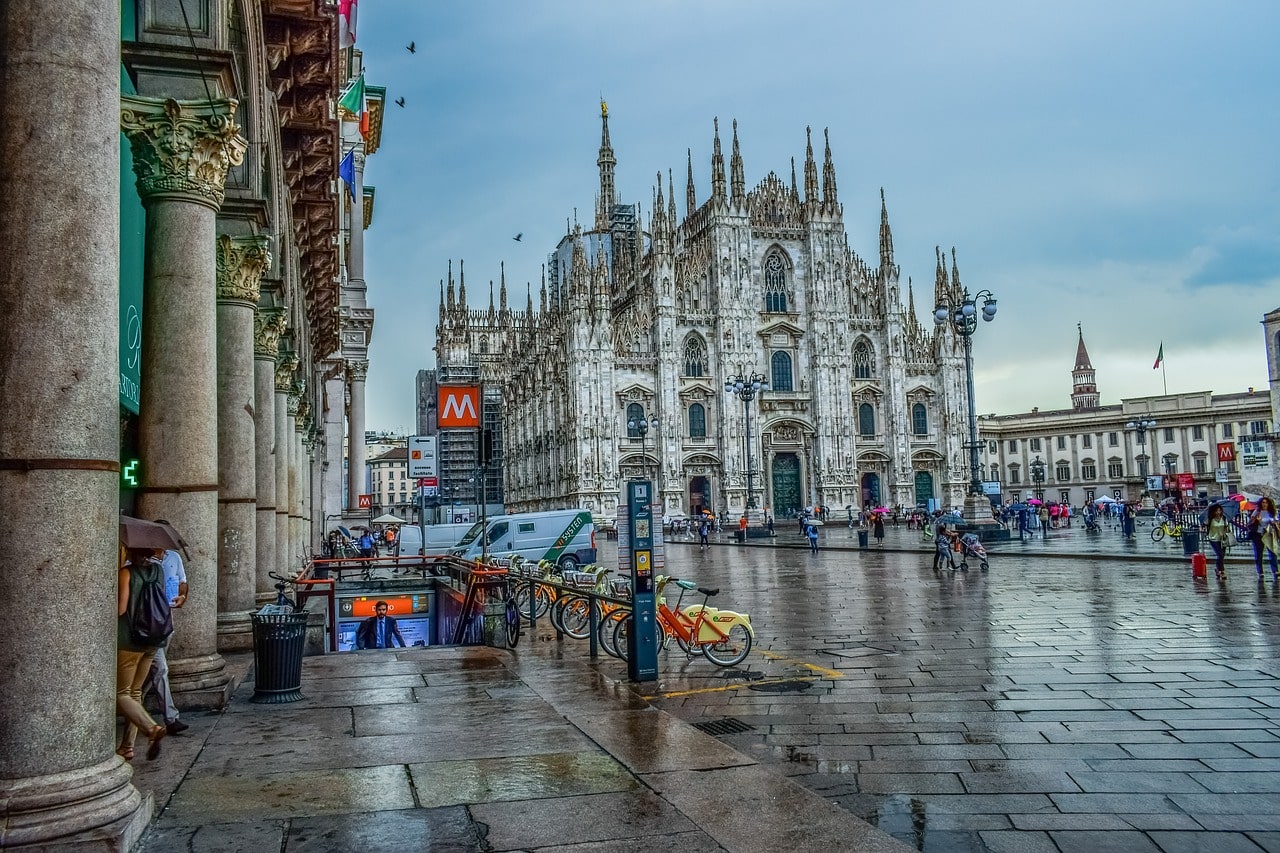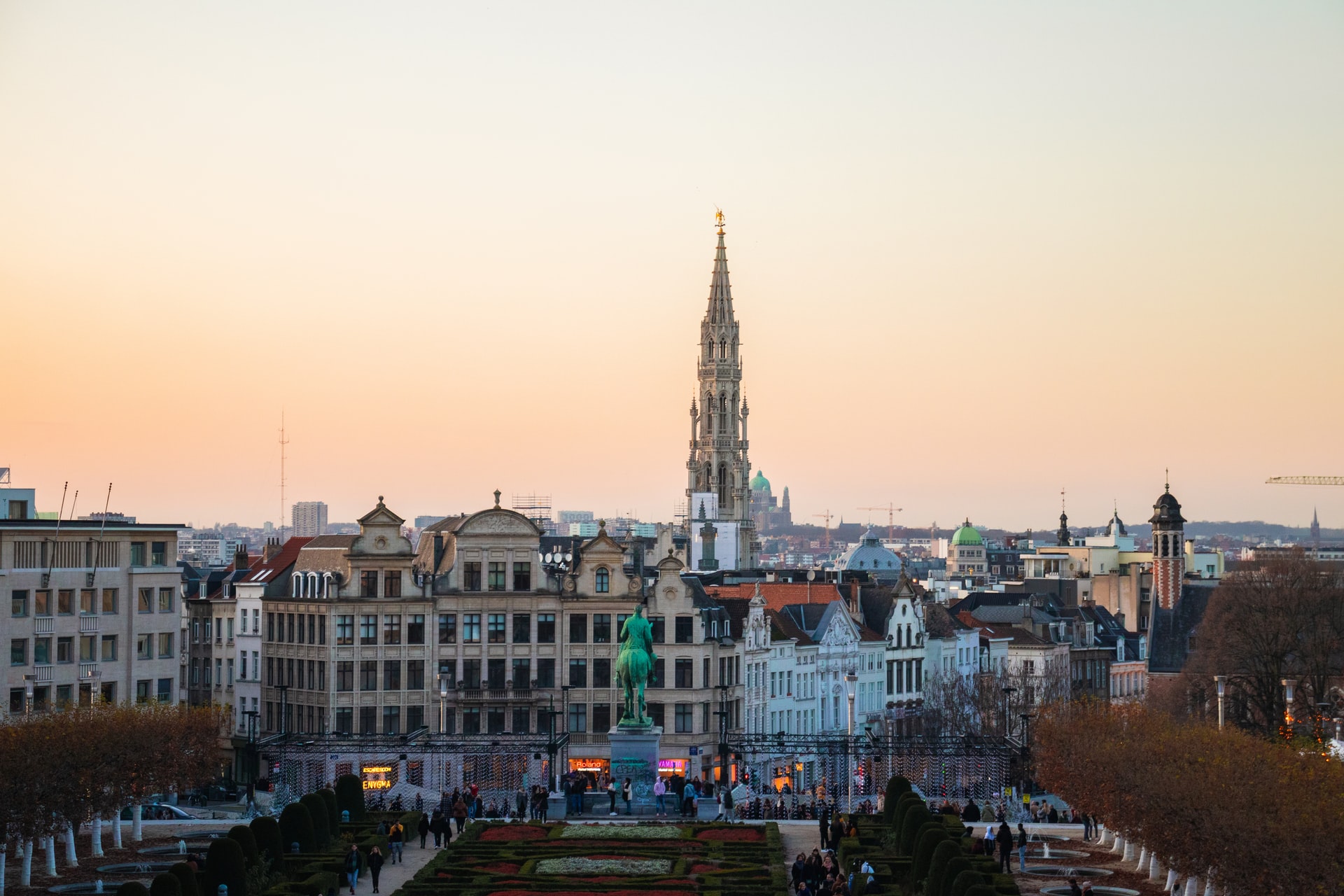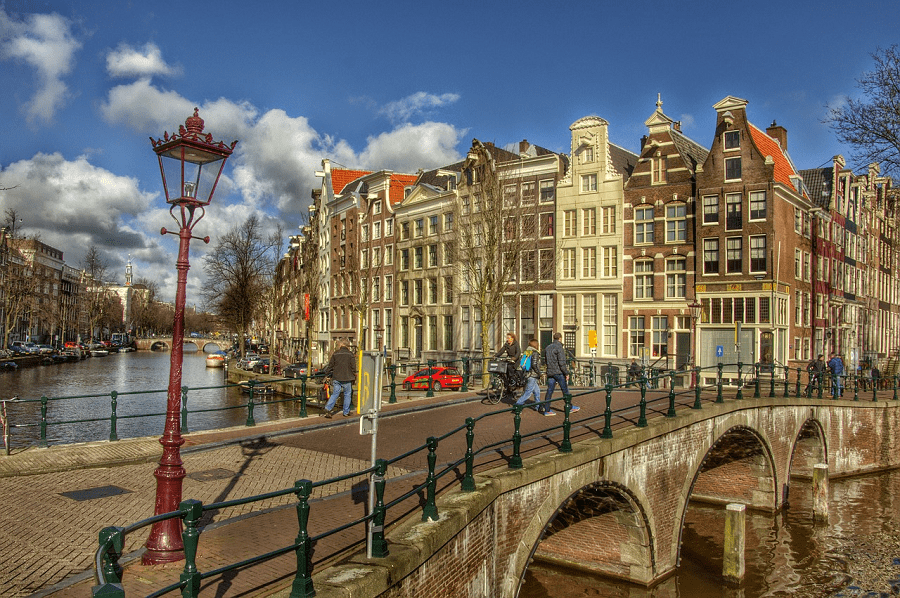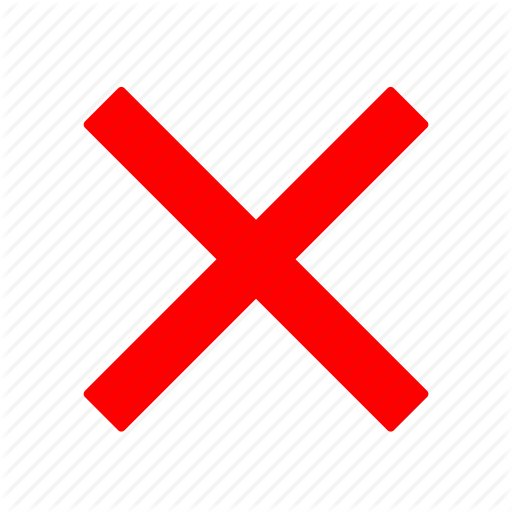LEZs in the following countries require action before you enter the zone. The situation for each country is listed below, in alphabetical order.
A separate sticker is required per country. With the exception that the Swiss scheme accepts the French stickers, and any future CZ schemes would accept the German stickers.
For all low emission zones, a single Sticker is valid for each country. In Italy, the only low emission zone that requires a sticker are those for the Bolzano Province in Italy, where there is a single sticker for the whole region).

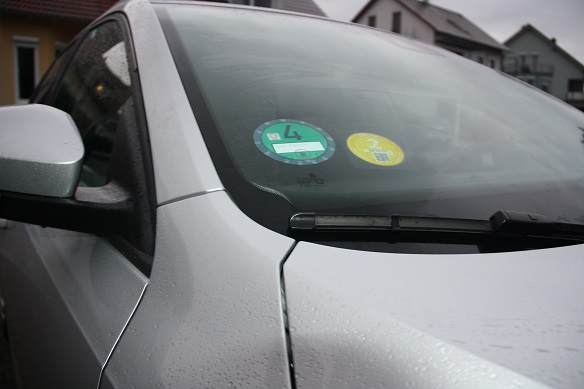
Please note:
Please allow enough time for the sticker to reach you. At times of high demand to foreign addresses it can take up to a few weeks.
Do not get caught out by scam Sticker Sellers!! Please also note, for the lowest cost stickers, please buy stickers from the official sources linked to on this website. There are both fake sites and sites that charge up to 5 times as much as the official websites linked from our website.
Austria: windscreen stickers are increasingly needed in the Austrian LEZs. Stickers are required for Vienna and Niederösterreich, and we recommend getting a sticker for heavy duty vehicles in Austria. In the Austrian LEZs where a sticker is not yet required, you need to show your vehicle papers if controlled.
Belgium, foreign vehicles registered abroad need to register, as well as some other categories, eg some retrofitted vehicles if the retrofit is needed to meet the required standard. Belgian and Dutch vehicles do not, in general, need to register. See our Belgian pages.
Czech Republic: in Prague you will need a windscreen sticker (likely to be able to be either a Czech or German one) once the LEZ starts.
Denmark: all heavy duty vehicles require a sticker, see our Danish pages.
Finland: in Helsinki the LEZs affect only public authority vehicles, under their own arrangements.
France: all vehicles require a Crit Air sticker, see our French pages. The Mont Blanc Tunnel is controlled manually at the toll point, Euro standard is estimated by proof of the age of the vehicle.
Germany: a windscreen sticker is required for all vehicles in all German LEZs. Stickers [Umweltplakette in German] can be bought from garages, testing stations [TÜV], the LEZ city administration, or online, for example from Berlin city.
Greece: in Athens control is manually through vehicle papers, no need to register.
Italy: You only need a sticker in Bolzano-Bozen Autonomous Province , see our Bolzano page. The Mont Blanc Tunnel is controlled manually at the toll point, Euro standard is estimated by proof of the age of the vehicle.
The Netherlands: Dutch vehicles are registered through the national database, no need to register.
Norway: you need to ensure that you pay the tolls for your vehicle. See for example the Oslo LEZ page.
Portugal: Lisbon control is manually through vehicle papers, no need to register.
Spain: Barcelona and Madrid have emergency smog schemes and Barcelona will have an LEZ. In Madrid parking fees vary by emissions. Get a sticker from the authorities.
Sweden vehicles with existing exemptions need to have a windscreen sticker, no need to register.
UK: In London, British vehicles (not Northern Irish, Channel Island etc) are registered through the national vehicle database. The following vehicles, not on this database need to register separately. Registration makes sure that the authorities have the information on which vehicles comply.
- retrofitted,
- early complying,
- foreign vehicles and
- Northern Irish, Channel Island vehicles
Outside London so far the LEZs in operation affect only public authority vehicles, under their own arrangements.

